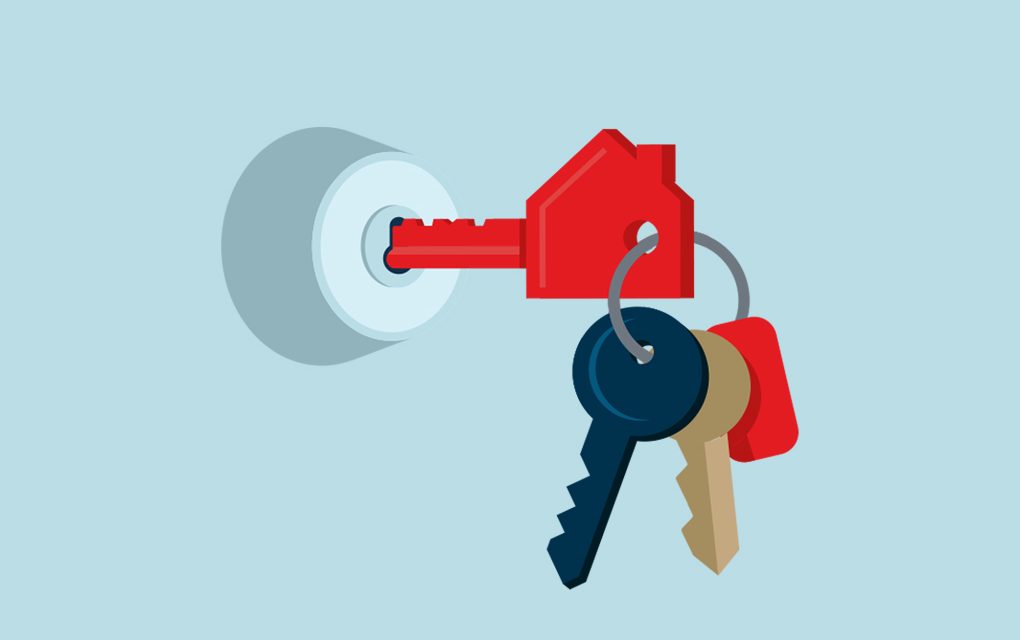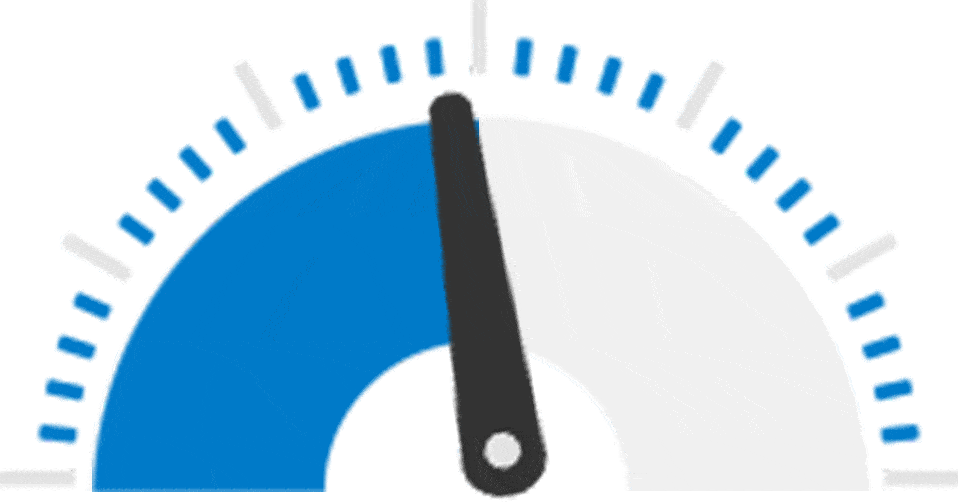Buying a home in Canada involves an exciting journey, but it comes with several crucial steps, one of which is obtaining a mortgage loan. The mortgage loan process not only enables you to purchase a home but also helps you gauge how much house you can realistically afford. Here’s a comprehensive 7-step guide to navigating the mortgage loan process in Canada.
Different Types of Mortgage Lenders
There are various options available during the mortgage loan process, and one critical aspect is the type of lender you choose. Here’s an overview of the different types of mortgage lenders in Canada:
-
A-Lenders:
- Comprising major banks like the National Bank of Canada, Royal Bank, Bank of Montreal, Canadian Imperial Bank of Commerce, Scotiabank, and Toronto Dominion Bank.
- Considered the most secure lenders with moderate interest rates but stringent qualifications.
- Typically requires a credit score of 680 or higher.
-
B-Lenders:
- Credit unions offer more flexibility than major banks.
- Suitable for those who may not qualify with A-Lenders.
- Generally offers lower interest rates.
- Requires a credit score of 600 or higher.
-
C-Lenders:
- Often private mortgage lenders with the most flexibility.
- Ideal for those who don’t qualify with A- or B-Lenders.
- May have higher interest rates but more lenient qualifications.
- Requires a credit score of around 550 or higher.
Pro-Tip: While C-Lenders are suitable for home purchases, consider using A- or B-Lenders for refinancing to take advantage of lower future interest rates.
What Mortgage Lenders Look For
To qualify for a mortgage loan, lenders typically assess three main factors. Understanding these factors and preparing accordingly is crucial for a successful mortgage loan process in Canada.
-
Credit Score:
- Lenders evaluate your credit score to gauge your reliability as a borrower.
- A higher credit score (680 or higher) provides more loan options.
- Ways to improve credit score: paying bills on time, using less than ⅓ of your credit limit, and diversifying your credit mix.
-
Income:
- Lenders examine your source and amount of income.
- Proof of income is required through pay stubs, employment letters, or bank statements.
- A mortgage stress test may be conducted to ensure affordability in case of interest rate increases.
- Ensure that no more than 39% of income is allocated to mortgage principal and interest, property taxes, heating, and utilities.
-
Down Payment:
- Lenders consider the amount of the down payment.
- A larger down payment often results in a lower mortgage.
- The required down payment varies based on the type of property.
- Primary Residence: 5%-10% minimum
- Secondary Residence: 5%-10% minimum
- Investment Property: 20% minimum
- Commercial Property: 25% minimum
- Raw Land: 30% minimum
7 Steps to Getting a Mortgage Loan in Canada
Now that you understand the key elements let’s walk through the entire mortgage loan process in Canada.
-
Initial Discussion:
- Have an initial discussion with at least three lenders to explore different rate and interest options.
- Ensure you are working with a reliable lender, especially crucial for private lenders.
-
Loan Application + Documentation:
- Submit your loan application and provide the necessary documentation.
- Include property information and employment or income documents.
-
Pre-Approval:
- The lender reviews documents and provides a list of mortgage options.
- Pre-approval is granted, giving confidence in the property search.
-
Lender Underwriting:
- The lender evaluates property price, income, credit score, and down payment.
- Approves or denies the loan application based on assessment.
-
Conditional Commitment Processing:
- A conditional document outlining loan terms is created.
- The document is signed, and copies are sent to the lawyer and REALTOR (if applicable).
-
Pre-Closing:
- Lawyer and lender collaborate to prepare and register the mortgage.
- Property title transfer takes place.
- Ensure no changes in income or credit situation.
-
Closing:
- The lender transfers mortgage funds to the lawyer’s trust account.
- The lawyer ensures funds are allocated correctly.
- Property ownership is officially transferred, and you become a homeowner!
We hope this guide provides clarity on the mortgage loan process in Canada. To ensure a smooth and successful experience, having a designated lawyer and a local real estate agent is highly recommended.






Hi i think that i saw you visited my web site thus i came to Return the favore I am attempting to find things to improve my web siteI suppose its ok to use some of your ideas
Hello, i think that i saw you visited my weblog so i came to ?eturn the favor텶’m trying to find things to improve my web site!I suppose its ok to use some of your ideas!!